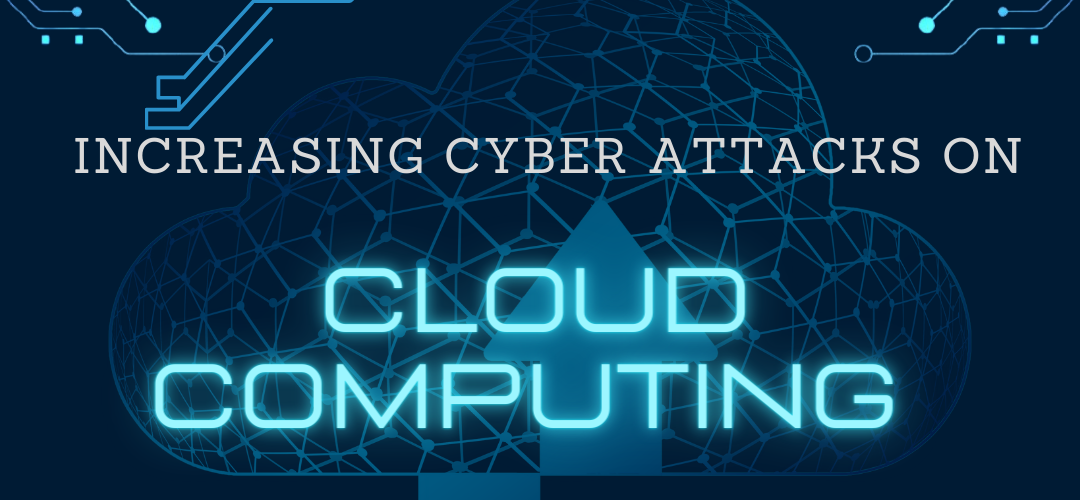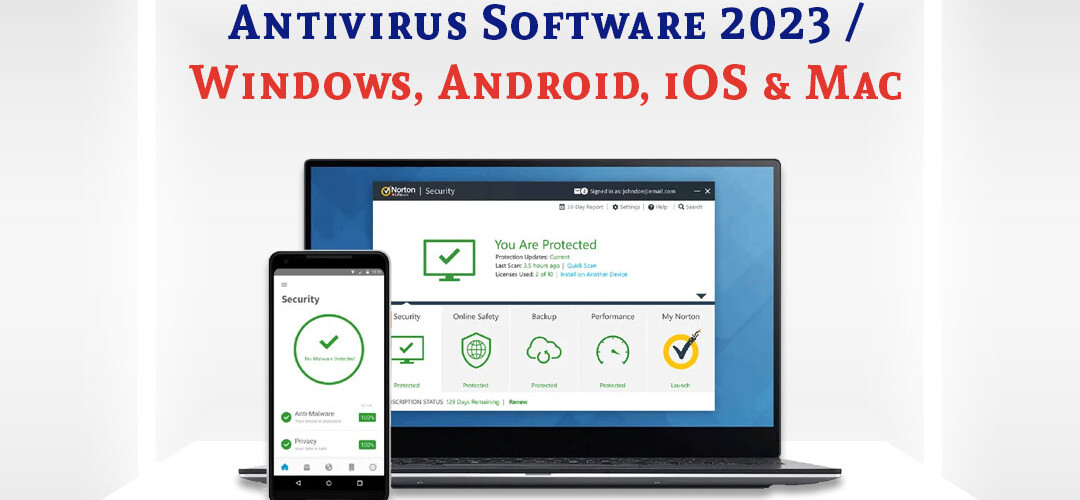Increased Attacks On Cloud Based Services : preventions
A cloud cyberattack refers to a malicious cyber activity that targets cloud-based systems and infrastructure. Cloud cyberattacks can take many forms such as unauthorized access, data breaches, and denial of service attacks, which can cause significant disruption to business operations and result in significant financial losses. To protect against cloud cyberattacks, organizations need to have a robust security strategy in place. The increased use of cloud-based services has led to an increase in cloud cyberattacks. Factors such as the growing popularity of cloud computing, the increasing amount of sensitive data stored in the cloud, and the fact that cloud-based systems are often more vulnerable to attack than on-premises systems, make the cloud a more attractive target for attackers. To mitigate the risk of increased attacks on cloud-based services, organizations should implement strong security controls, ensure systems and software are up-to-date, and train employees on security best practices.
Top 10 Cloud Security Issues, Threats and Concerns
-
Unauthorized access: Unauthorized access to cloud-based systems and data is a major concern for organizations. It can occur when attackers gain access to login credentials or exploit vulnerabilities in cloud-based systems.
-
Data breaches: Data breaches can occur when attackers gain access to sensitive data stored in the cloud. This can include personal information, financial data, and other sensitive information that can be used for identity theft or other malicious purposes.
-
Malware: Cloud-based malware can infect cloud-based systems and steal sensitive data. This can include malware that is specifically designed to target cloud-based systems, as well as traditional malware that can be used to infect cloud-based systems.
-
Distributed Denial of Service (DDoS) attacks: DDoS attacks can flood a cloud-based system with traffic, making it unavailable to legitimate users. This can cause significant disruption to business operations and can result in significant financial losses.
-
Ransomware: Ransomware attacks encrypt the data stored in the cloud and make it inaccessible to the owner. The attacker then demands a ransom to be paid in exchange for the decryption key.
-
Insider threats: Insider threats can occur when employees or contractors with access to cloud-based systems abuse their privileges or steal sensitive data.
-
Lack of visibility and control: Many organizations struggle to gain visibility and control over their cloud-based systems, which can make it difficult to identify and respond to security threats.
-
Compliance concerns: Organizations may be required to comply with various regulations and standards, such as HIPAA and PCI DSS, when using cloud-based systems.
-
Data loss: Data loss can occur due to hardware failures, human errors, or other issues. This can result in the loss of sensitive data, which can have serious consequences for organizations.
-
Lack of security expertise: Organizations may struggle to find and retain security experts who have the skills and knowledge needed to secure cloud-based systems.
-
Shared responsibility: In a cloud computing environment, the security responsibility is shared between the cloud provider and the customer. It's important for both parties to understand their security responsibilities.
Top 8 tips & ways of preventions
Preventing cloud cyberattacks is crucial to protecting organizations' sensitive data and maintaining business continuity. The following are some ways to prevent cloud cyberattacks:
-
Implement strong access controls: Organizations should implement multi-factor authentication and limit access to cloud-based systems and data to only those who need it.
-
Regularly monitor and analyze system logs: Regularly monitoring and analyzing system logs can help organizations identify and respond to potential threats.
-
Perform regular security assessments and penetration testing: Regular security assessments and penetration testing can help organizations identify vulnerabilities in their cloud-based systems and take steps to address them.
-
Implement security best practices: Organizations should implement security best practices, such as security by design and least privilege, to protect their cloud-based systems and data.
-
Use encryption: Organizations should use encryption to protect sensitive data stored in the cloud, both in transit and at rest.
-
Use Cloud Access Security Brokers (CASBs) to monitor and control access to cloud-based systems and data.
-
Keep software and systems up to date: Organizations should ensure that their cloud-based systems and software are up-to-date with the latest security patches and updates.
-
Train employees: Organizations should train employees on security best practices and educate them on how to recognize and respond to potential cyber threats.
By implementing these prevention measures, organizations can reduce the risk of cloud cyberattacks and protect their sensitive data and systems.




















![Best antivirus software for gaming pc [2023] - isoftwarestore Best antivirus software for gaming pc [2023] - isoftwarestore](/images/blogs/5zS1kMre.png)


![Webroot vs Norton 360 [2023] | which is better @isoftwarestore Webroot vs Norton 360 [2023] | which is better @isoftwarestore](/images/blogs/23ormN2S.jpg)




























